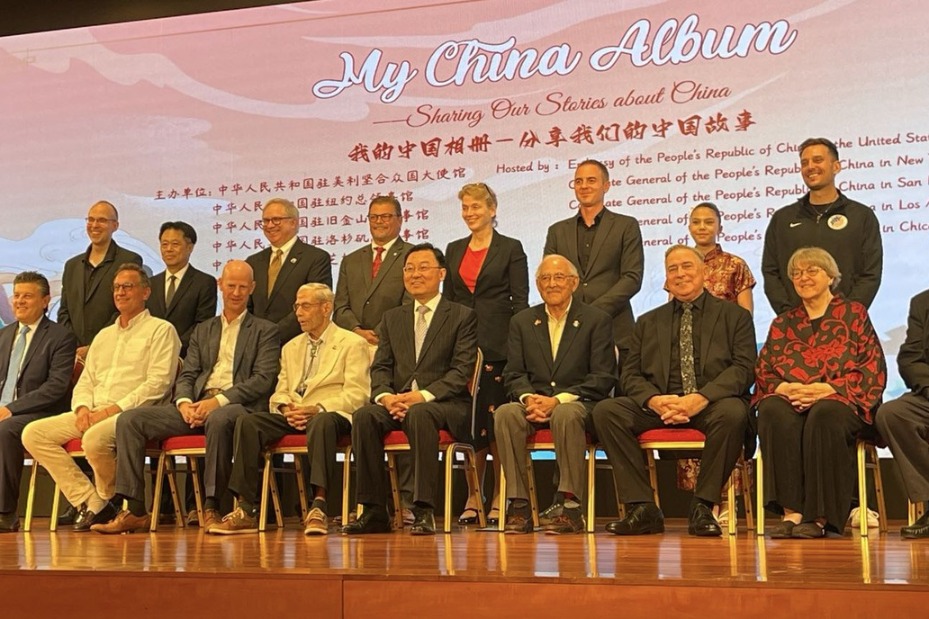No time to delay
By DU YANG | China Daily | Updated: 2020-12-09 08:15

Country must face the inconvenient truth of its rapidly aging population head-on
Aging is now a prominent demographic trend in China that will create obstacles for high-quality and sustainable development. The government, academia and the business sector are all concerned. However, just acknowledging the trend is insufficient. There is a need for deeper discussions on the consequences of rapid and large-scale aging.
That China's population is aging is undisputed. The projected curve of an expanding elder population is clear and objective. Compared with some developed countries, China's current grey population is not alarming. However, in the next 15 to 30 years, between 2035 and 2050, it will age faster than most economies. The speed merits attention. Aging inherently affects economic growth, and aging with greater speed and on a greater scale will have greater impacts.
Aging reduces the labor force participation rate. An aging society will give rise to a shrinking workforce, diminishing the size of the labor market, which is an essential component of economic growth. As a result, China's potential rate of growth will decline.
Aging decreases total factor productivity that is supposed to be one of the most important drivers of economic growth during the new era of economic development in China. As Chinese workers are growing older, China's total factor productivity will decrease. Aging also affects the capital-output ratio, which is a factor in growth.
Rapid aging deserves attention because it has some knock-on effects. If the aging is taking place slowly, there are chances to respond and adapt by resorting to policies and technologies. However, it is much more difficult to deal with a rapidly aging population. There are bound to be ripple effects.
First, traditional industries will bear the brunt. In the earlier growth phase characterized by the factor accumulation model, labor-intensive industries had a great advantage. But, as China's working-age population decreases rapidly in the next five to 10 years, these advantageous industries will be seriously affected before they have time to transform.
Second, the social burden will rise. The rapid increase of the elderly population will raise the expenses for senior-care and increase the demand for pensions, consuming a huge amount of social and economic resources.
Third, if the population ages too rapidly, mechanisms that work well in other countries may become obsolete in China. As labor becomes scarcer and more expensive, the relative price relationship between labor and capital will change, leading to a labor-saving technological transformation. If the change is gradual, it allows time for technology and capital to replace labor, including iterations of new technologies. Some countries have shown that population aging can lead to adoption of labor-saving technologies and labor substitution. But rapid aging is another story. Industries, enterprises and society will then have limited time and options to adapt.
China's rapid aging is almost set in stone. Research suggests that if other economic variables remain unchanged, China's aging population will drag the potential economic growth rate down by about 1 percentage point annually for the next five years, and then by about 0.8 percentage point per year over the five years after that.
Thus, the inconvenient truth of the country's rapidly aging population should be faced head-on, and existing institutions and policies be made better use of. First, since the imminent impact of an aging population is reduction in the size of the labor market, any policy that increases the labor force participation rate can be a good policy response. This means all institutional and policy arrangements that promote and expand employment and increase labor force participation rates must be preferred. Second, to cushion the blow on labor productivity and to allocate enough resources for eldercare, developing and applying labor-saving technology must be encouraged.
The author is a professor and deputy director of the Institute of Population and Labor Economics at the Chinese Academy of Social Sciences. The author contributed this article to China Watch, a think tank powered by China Daily. The views do not necessarily reflect those of China Daily.
























